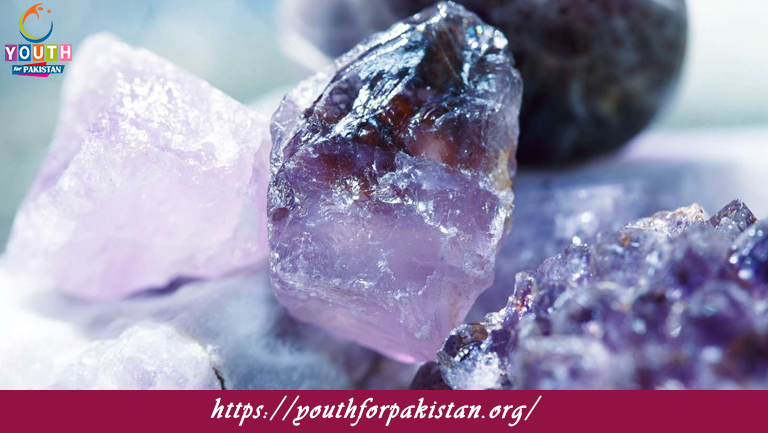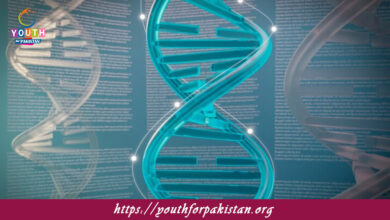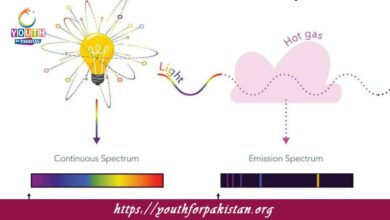Types Of Solids MDCAT MCQs with Answers

Welcome to the Types Of Solids MDCAT MCQs with Answers. In this post, we have shared Types Of Solids Multiple Choice Questions and Answers for PMC MDCAT 2024. Each question in MDCAT Chemistry offers a chance to enhance your knowledge regarding Types Of Solids MCQs in this MDCAT Online Test.
Which type of solid has atoms held together by covalent bonds in a continuous network?
a) Molecular solid
b) Ionic solid
c) Metallic solid
d) Covalent network solid
What type of solid is characterized by a regular repeating pattern of ions held together by ionic bonds?
a) Molecular solid
b) Ionic solid
c) Metallic solid
d) Covalent network solid
Which solid consists of metal atoms surrounded by a ‘sea’ of delocalized electrons?
a) Covalent network solid
b) Molecular solid
c) Ionic solid
d) Metallic solid
Which type of solid is typically formed by substances with nonpolar molecules?
a) Ionic solid
b) Covalent network solid
c) Metallic solid
d) Molecular solid
A solid with a structure consisting of atoms linked by covalent bonds in a 3D network is:
a) Diamond
b) Sodium chloride
c) Aluminum
d) Sulfur
Which type of solid generally has high melting and boiling points and is a poor conductor of electricity?
a) Molecular solid
b) Ionic solid
c) Metallic solid
d) Covalent network solid
Which of the following is NOT a characteristic of metallic solids?
a) High electrical conductivity
b) High malleability
c) High melting point
d) High solubility in nonpolar solvents
In which type of solid are the particles arranged in a crystal lattice structure?
a) Ionic solid
b) Molecular solid
c) Covalent network solid
d) Metallic solid
Which solid is an example of a covalent network solid?
a) Graphite
b) Sodium chloride
c) Iron
d) Methane
What is the primary bonding force in molecular solids?
a) Ionic bonds
b) Metallic bonds
c) Covalent bonds
d) Van der Waals forces
Which type of solid would you expect to be a good conductor of electricity in both solid and molten states?
a) Molecular solid
b) Covalent network solid
c) Ionic solid
d) Metallic solid
A solid with molecules held together by hydrogen bonds would be classified as:
a) Ionic solid
b) Covalent network solid
c) Molecular solid
d) Metallic solid
Which of the following solids typically exhibits a metallic luster and ductility?
a) Covalent network solid
b) Ionic solid
c) Molecular solid
d) Metallic solid
Which solid has a rigid 3D structure with atoms covalently bonded in all directions?
a) Graphite
b) Ice
c) Sodium chloride
d) Diamond
Which type of solid generally has low melting points and does not conduct electricity?
a) Covalent network solid
b) Molecular solid
c) Ionic solid
d) Metallic solid
Which type of solid is typically hard and brittle with a high melting point?
a) Metallic solid
b) Covalent network solid
c) Molecular solid
d) Ionic solid
Which solid would most likely dissolve in water due to ion-dipole interactions?
a) Diamond
b) Graphite
c) Sodium chloride
d) Iron
What type of solid would you expect to be a good conductor of electricity when molten or dissolved in water?
a) Covalent network solid
b) Metallic solid
c) Molecular solid
d) Ionic solid
The structure of which type of solid can be described as a lattice of positive ions surrounded by a sea of delocalized electrons?
a) Molecular solid
b) Covalent network solid
c) Metallic solid
d) Ionic solid
Which of the following is an example of a molecular solid?
a) Sodium chloride
b) Graphite
c) Ice
d) Diamond
Which type of solid has atoms covalently bonded in sheets, with weak forces holding the sheets together?
a) Graphite
b) Sodium chloride
c) Diamond
d) Iron
What type of solid generally exhibits high hardness and high thermal conductivity?
a) Molecular solid
b) Ionic solid
c) Covalent network solid
d) Metallic solid
Which type of solid typically has low density and is soft compared to other solids?
a) Covalent network solid
b) Molecular solid
c) Ionic solid
d) Metallic solid
The solid that consists of a repeating unit of positive and negative ions is:
a) Graphite
b) Sodium chloride
c) Iron
d) Sulfur
Which type of solid would you expect to have a regular, repeating arrangement of atoms or ions?
a) Molecular solid
b) Ionic solid
c) Covalent network solid
d) Metallic solid
Which solid would be expected to be a poor conductor of electricity in all states?
a) Covalent network solid
b) Ionic solid
c) Metallic solid
d) Molecular solid
Which of the following solids is likely to be a good conductor of heat and electricity?
a) Ice
b) Sodium chloride
c) Diamond
d) Aluminum
Which of the following is an example of a covalent network solid with a layered structure?
a) Sodium chloride
b) Graphite
c) Ice
d) Diamond
The primary type of bonding in a metallic solid is:
a) Ionic bonding
b) Covalent bonding
c) Metallic bonding
d) Van der Waals forces
Which of the following properties is most characteristic of molecular solids?
a) High melting points
b) Good electrical conductivity
c) Softness and low melting points
d) Hardness and brittleness
Which type of solid has atoms arranged in a three-dimensional network with covalent bonds?
a) Ice
b) Sodium chloride
c) Diamond
d) Graphite
The type of solid that is characterized by a regular arrangement of metal cations surrounded by a sea of electrons is:
a) Covalent network solid
b) Molecular solid
c) Ionic solid
d) Metallic solid
Which type of solid typically has atoms or ions held together by strong covalent bonds in a network structure?
a) Molecular solid
b) Ionic solid
c) Covalent network solid
d) Metallic solid
The property of ductility is most closely associated with which type of solid?
a) Molecular solid
b) Covalent network solid
c) Ionic solid
d) Metallic solid
Which solid is an example of a molecular solid with hydrogen bonding?
a) Graphite
b) Ice
c) Sodium chloride
d) Diamond
What type of solid is characterized by its hardness and inability to conduct electricity in any state?
a) Molecular solid
b) Ionic solid
c) Covalent network solid
d) Metallic solid
Which type of solid generally has a high melting point and is made of positive metal ions surrounded by delocalized electrons?
a) Ionic solid
b) Covalent network solid
c) Molecular solid
d) Metallic solid
The solid composed of layers of carbon atoms arranged in hexagonal lattices is:
a) Diamond
b) Graphite
c) Sodium chloride
d) Iron
Which type of solid would you expect to be brittle and have high melting and boiling points?
a) Molecular solid
b) Covalent network solid
c) Metallic solid
d) Ionic solid
Which type of solid is characterized by a lack of long-range order and has molecules interacting via weak forces?
a) Covalent network solid
b) Molecular solid
c) Ionic solid
d) Metallic solid
If you are interested to enhance your knowledge regarding Physics, Chemistry, Computer, and Biology please click on the link of each category, you will be redirected to dedicated website for each category.





